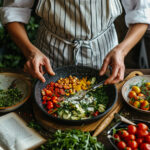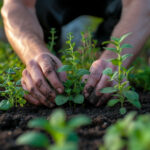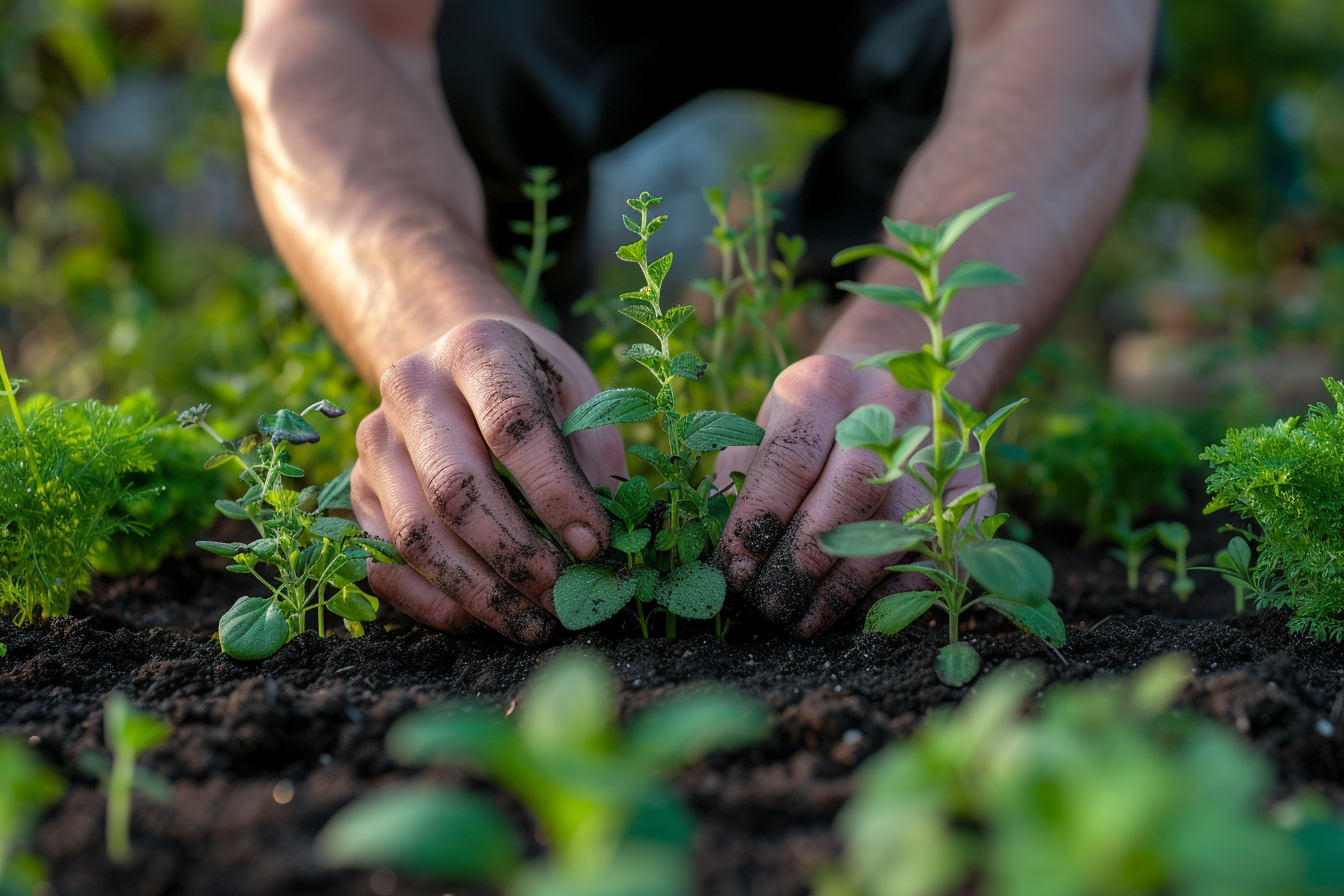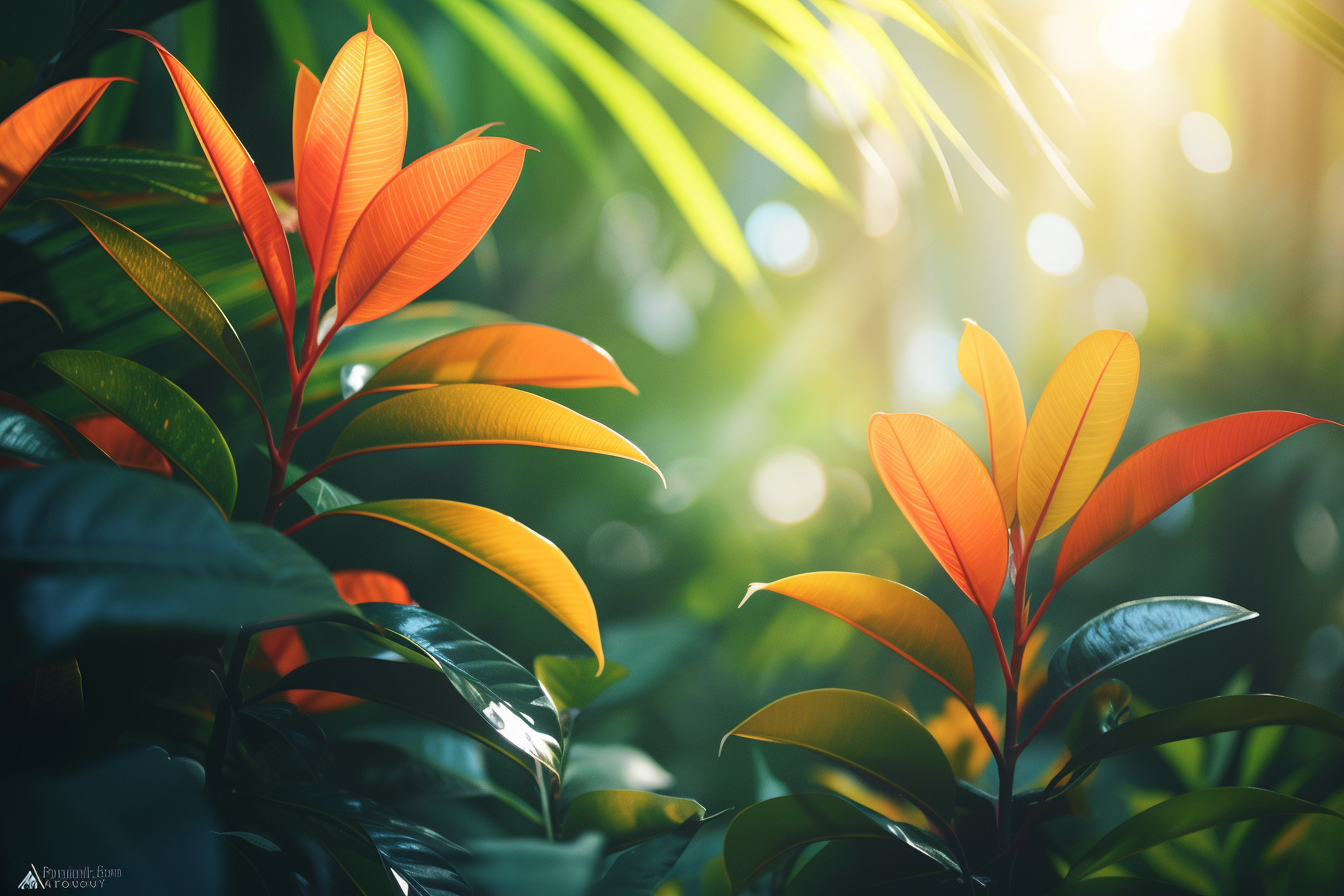Crafting a garden of medicinal herbs is not just about beautifying your space. It represents an ancient practice, connecting us to the healing wisdom of nature. Such a garden is a vibrant pharmacy; its leaves, flowers, and roots serve your well-being. This comprehensive step-by-step guide will walk you through the intricate process of planting a sanctuary that nurtures both body and soul.
Beginning your medicinal herb garden journey
Location and Setting
Zoning the Space
Recognizing the right spot for your medicinal herb garden is pivotal. Herbs thrive in areas with ample sunlight, approximately six to eight hours a day. Choose a site that offers ample light yet can shield your plants from harsh midday sun. Additionally, your garden should be in close proximity to a water source and sheltered from strong winds that might harm delicate plants.
Soil Considerations
Soil quality is the linchpin of a flourishing garden. Most herbs prefer well-draining soil rich in organic matter. Starting with a soil test can help you understand your soil’s pH and nutrient levels. Aim to achieve a neutral pH; if necessary, amendments like lime or sulfur can adjust it.
Designing your medicinal herb garden
Layout and Accessibility
Creating a layout is not purely an artistic endeavor; it’s about functionality. Paths should be ample enough for easy access, and dividing your garden into sections can aid in organization. Raised beds or containers are options that ensure good drainage and can help those with limited mobility to more comfortably tend the garden.
Diverse Plant Selection
Choosing plants is an adventure that demands attention to detail. Diversify your selection based on their medicinal uses, compatibility, and varying growth requirements. Grouping herbs together that have similar sunlight and water needs makes caretaking more manageable.
Selecting the right medicinal herbs
Herbs for Beginners
Starting with tolerant herbs such as mint, chamomile, or lavender can boost confidence. These resilient plants forgive novice mistakes and exhibit robust growth relatively quickly.
Local Climate
The success of cultivating certain herbs hinges on local climate conditions. Researching which plants are native or adaptable to your area’s hardiness zone increases the likelihood of your garden prospering.
The art of planting
Starting from Seeds or Transplants
While some herbs, like basil, grow easily from seeds, others, such as rosemary, are often more successful when started from transplants. Assess your skill level and patience when deciding which route to take.
Proper Planting Techniques
Robust roots are the foundation of healthy plants. Dig holes that comfortably fit the root ball and place plants at the same depth they were in their pots. Ensuring adequate spacing between plants prevents competition for nutrients and reduces the risk of disease.
Garden care and maintenance
Sustainable Watering Practices
Regular watering is crucial, but overwatering can be detrimental. Employing methods like drip irrigation can conserve water while ensuring your herbs receive the moisture they need.
Organic Pest Control
The objective is a healthy ecosystem, so consider organic pest control options. There are a variety of ways to invite beneficial insects or use natural repellents that pose no harm to your herbs.
Pruning and Harvesting
Regular pruning encourages growth and provides you with fresh herbs for use. Learning the proper harvesting technique for each herb maximizes yield and potency. Most herbs are best harvested just before they bloom when their oils are at their peak.
Utilization and preservation of your harvest
Immediate Use vs. Storage
Using fresh herbs can bring vibrance to your cooking and create potent remedies. For long-term storage, drying or freezing herbs will maintain their medicinal properties for future use.
Methods of Preservation
Options for preservation include air-drying, dehydrating, or even creating oils and tinctures. Each technique varies in complexity and suitability depending on the herb in question.
Continual learning and garden expansion
Keeping a Garden Journal
To refine your gardening techniques, maintaining a journal with notes on plant progress, weather patterns, and care strategies can be invaluable. Over time, this record becomes a personalized manual for your specific healing haven.
Expanding Your Knowledge
The world of medicinal herbs is encyclopedic. Participating in workshops or connecting with local gardening communities can enlighten you to new methodologies and practices.
As you delve deep into planting and nurturing your medicinal herb garden, recognize that this space is as much a sanctuary for mental tranquility as it is a source of physical healing. Every step from soil preparation to the joy of harvesting your own herbs is a step towards a more harmonious and holistic way of living. Laying the foundation for a garden takes insightful planning and effort, but the resulting bounty is worth every drop of sweat.
Remember, your garden is not a static entity but a living, evolving space. It teaches resilience and patience. Through attentive care and a willingness to learn from each season, your garden will flourish and in turn, provide a lush landscape of healing for years to come.
With each seed planted and each plant nurtured, you are cultivating more than just a garden — you are growing a legacy of well-being.
Allow the quiet rustle of leaves and the subtle fragrance of blossoms to guide you on this green-thumbed odyssey.
Embark on this enriching journey not as a mere horticulturist but as a steward of nature’s potent remedies. Welcome to the world where the lines between gardening and healing blur, a world where your very own healing haven awaits.











